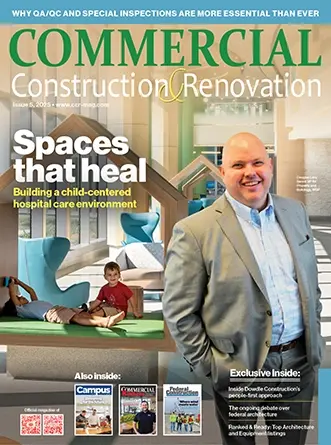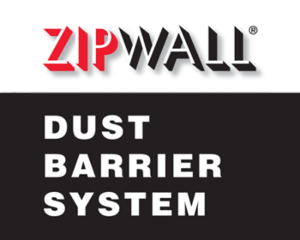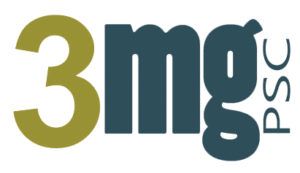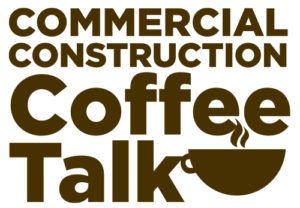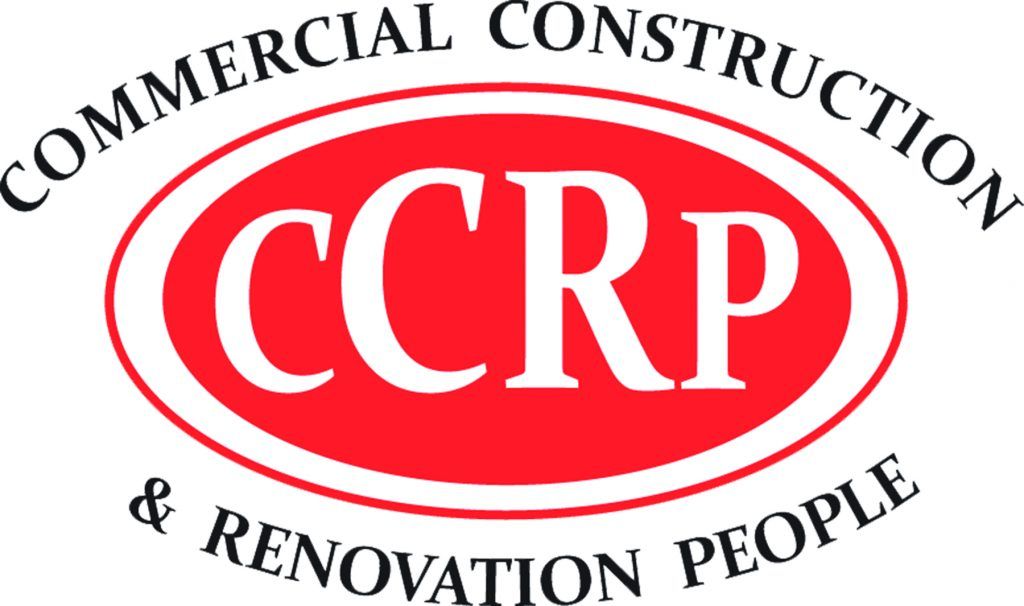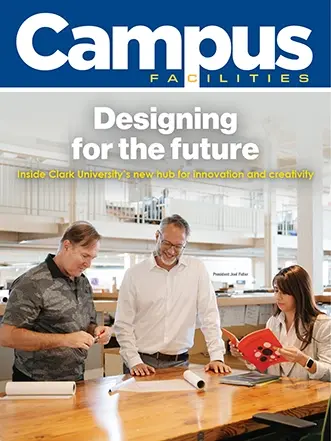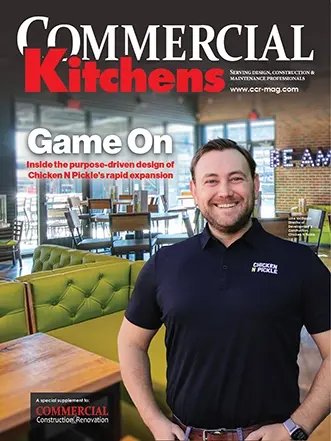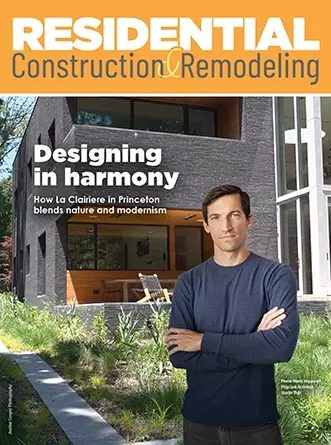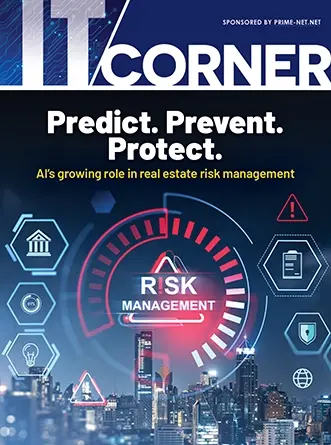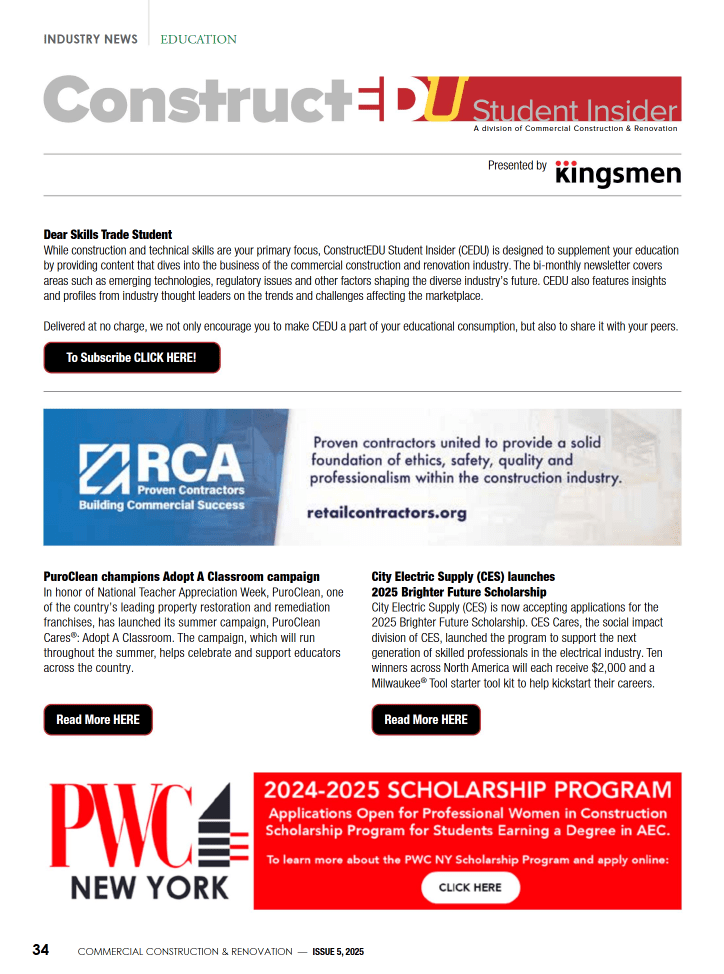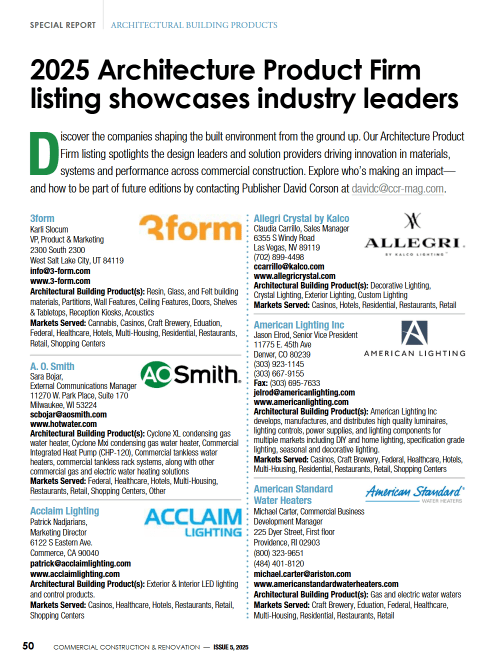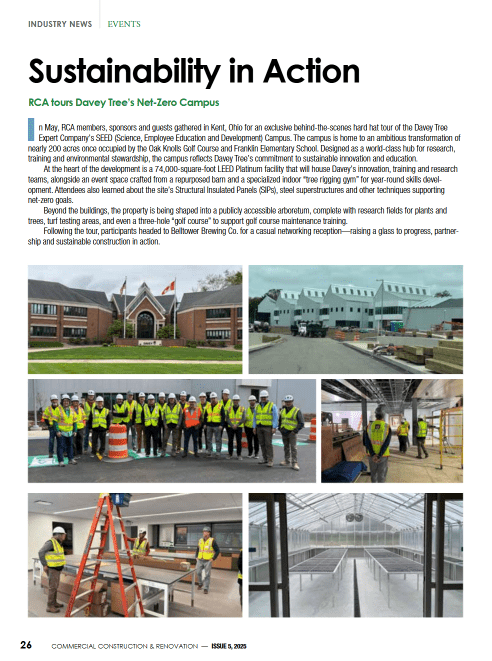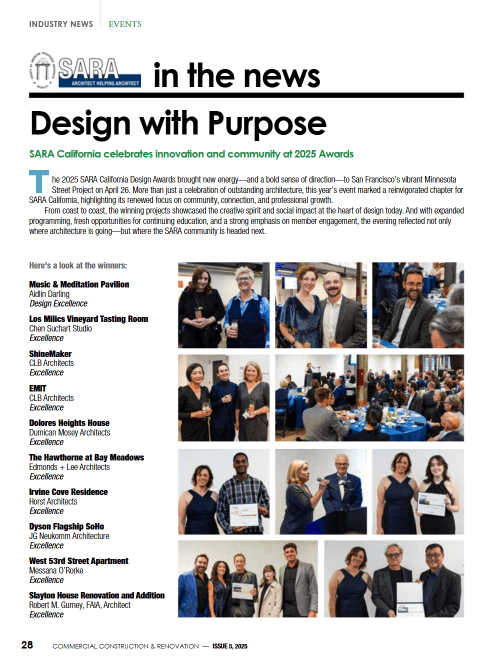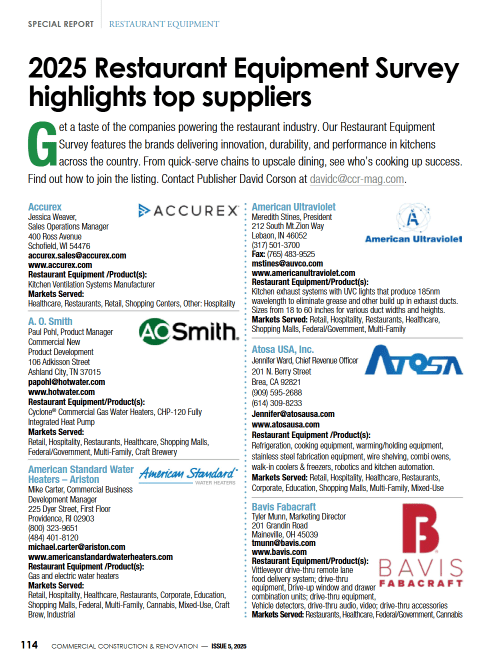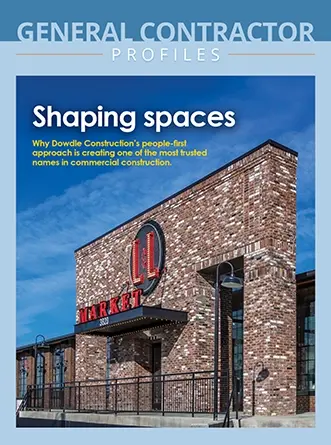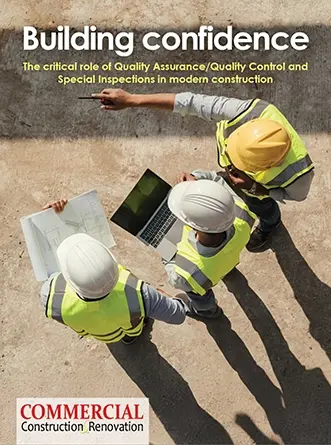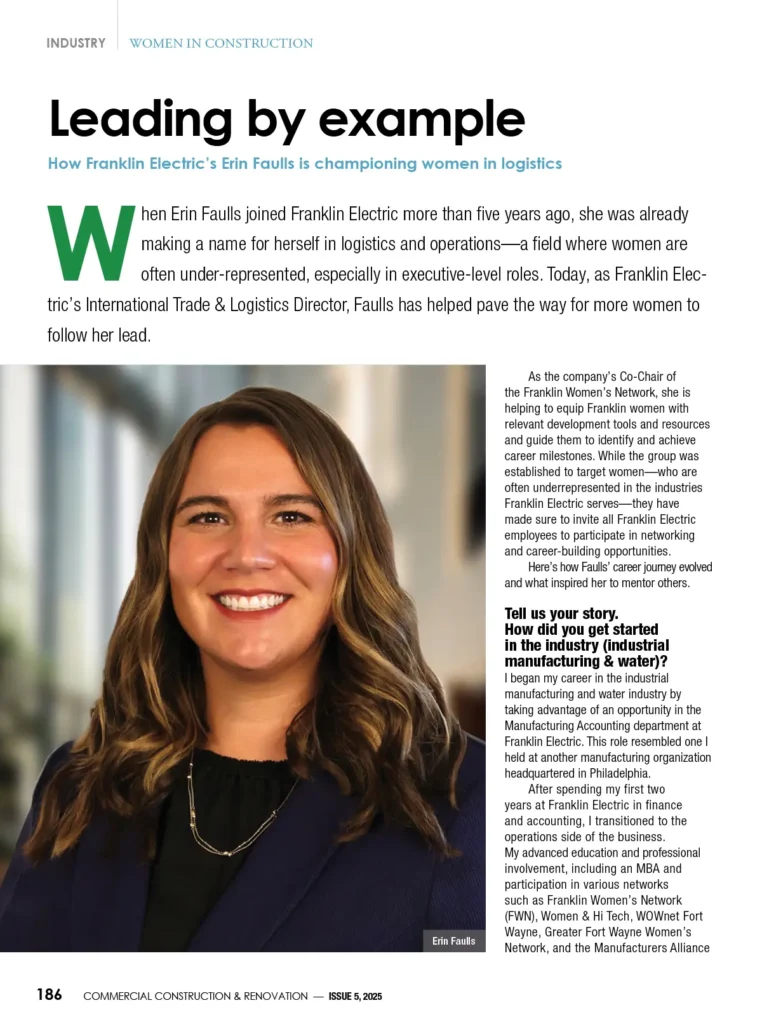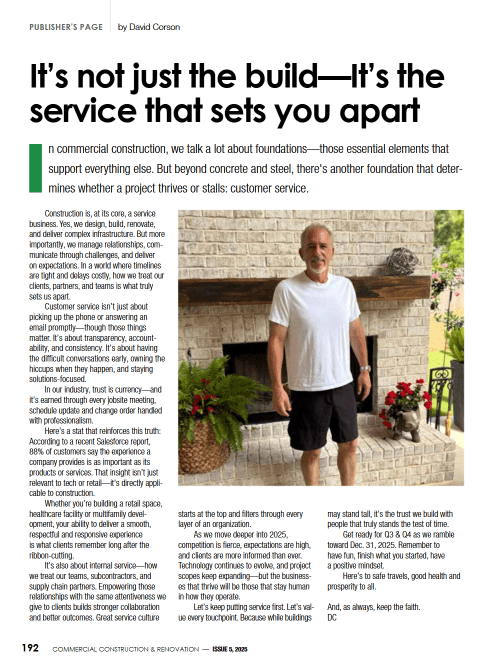Following two years of intensive, successful beta testing, IrisVR – the leading virtual reality platform empowering the architecture, engineering and construction (AEC) industries, is announcing its two breakthrough products are available to the public. The full launch of IrisVR Prospect and IrisVR Scope follows news late last month that IrisVR had secured $8 million in Series A funding, bringing the startup’s total funding to date to $10 million.
IrisVR’s technology allows industry professionals to curate VR walkthroughs, create life-like presentations and interact with virtual models, transforming the building documentation and design process. IrisVR Prospect is desktop software that enables users to convert files into VR in one click. Prospect experiences are fully navigable and can be viewed on the Oculus Rift and HTC Vive. IrisVR Scope allows users to upload, view and share 360-degree panoramas on mobile VR devices including Google Cardboard and Samsung Gear VR. The Scope app is available for both iOS and Android devices.
“Most of our team started their careers in AEC before coming to the tech world. We pulled from our industry expertise to design tools that are comfortable, easy to use, and non-technical,” says IrisVR CEO and co-founder, Shane Scranton. “Our virtual environments can be generated within seconds from multiple file formats and provide true-to-scale perspectives that both inspire design and reduce errors. We’re also seeing significant added value to our clients as they offer virtual reality as a selling point.”
Notable projects that utilized IrisVR’s Prospect in Beta successfully include:
- Miele, an Australian manufacturer of high-end domestic appliances, commercial equipment and fitted kitchens used IrisVR’s Prospect to design their trade show exhibits to evaluate product and brand placement and marketing hotspots from the guest’s point of view prior to construction.
- Marmon Mok, based in San Antonio, used IrisVR’s Prospect while designing infusion centers at University Hospital. Virtual reality was used to help owners in identifying optimal patient movement in the center and identify nurse site lines to each patient.
- Mortenson, one of the nation’s top builders and developers used IrisVR’s Prospect to design and review with doctors and nurses at the Loyola University Medical Center who would be using the spaces to give their feedback before construction took place.
“IrisVR gives us the ability to do something in the AEC world that we have never been able to do before; explore, refine and explore again with full spatial understanding in an extremely compressed timeframe,” says Taylor Cupp, Project Solutions Technologists for Mortenson, a construction company based in Minneapolis.
For more information on IrisVR, including the Scope and Prospect, visit www.irisvr.com.
About IrisVR
IrisVR (www.irisvr.com) combines virtual reality technology with proprietary enterprise software to help building, design, architecture and construction professionals better communicate their plans and vision. The IrisVR team includes professionals from the industry, specializing in real-time game engines, graphics computing, mesh algorithms, and distributed cloud systems, all coming together to create a truly transformative technology solution. IrisVR is headquartered in New York City.
You can download and start using this technology for free today at www.irisvr.com/downloads

